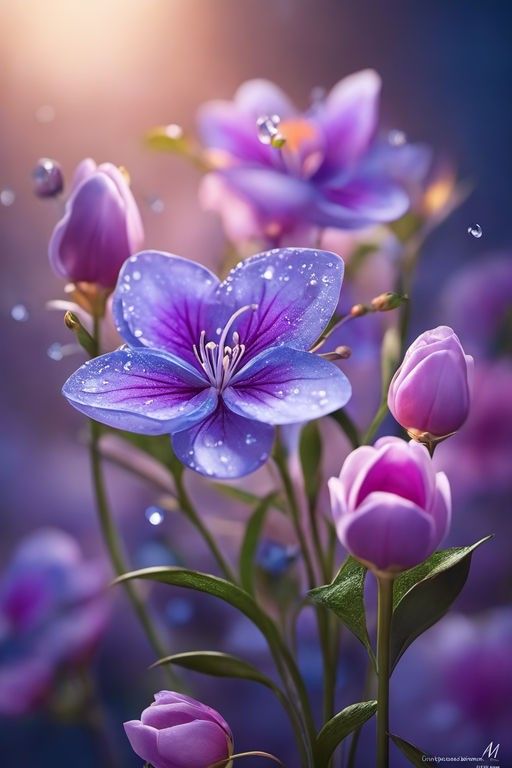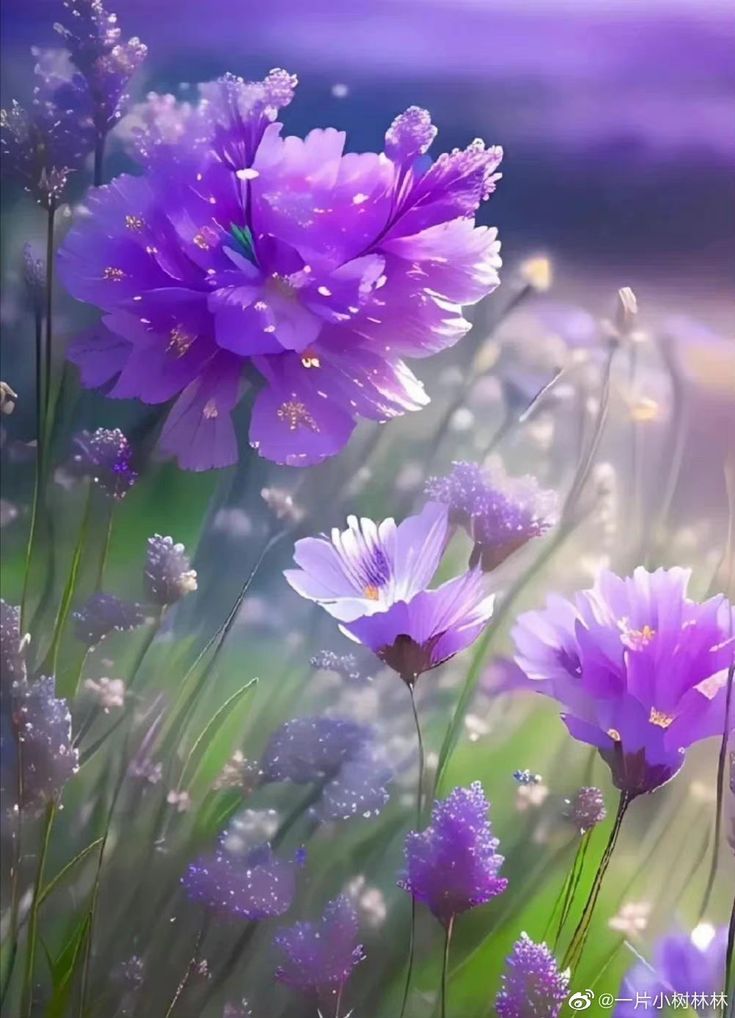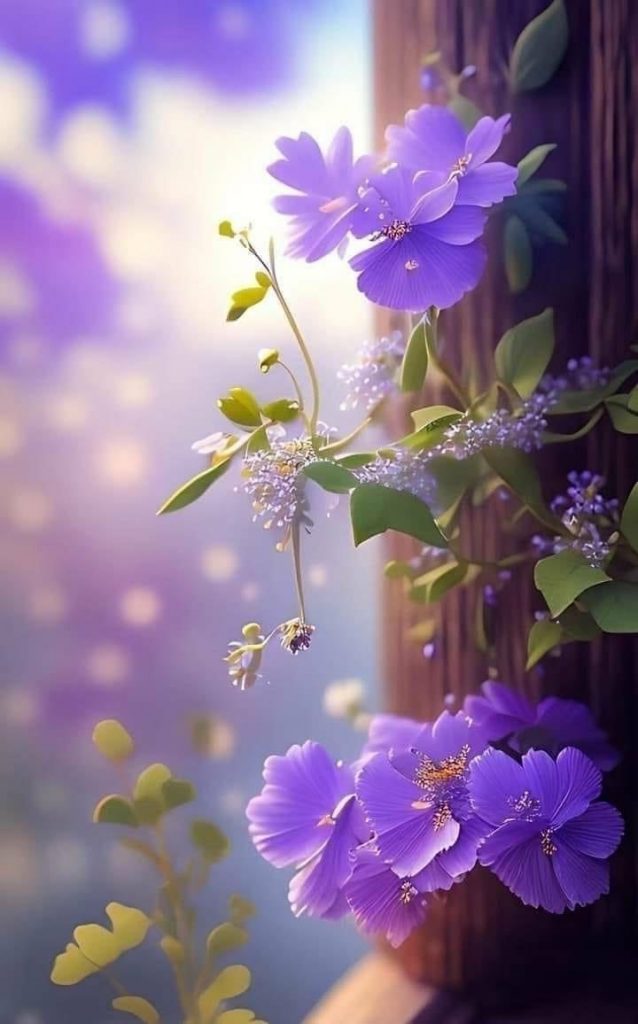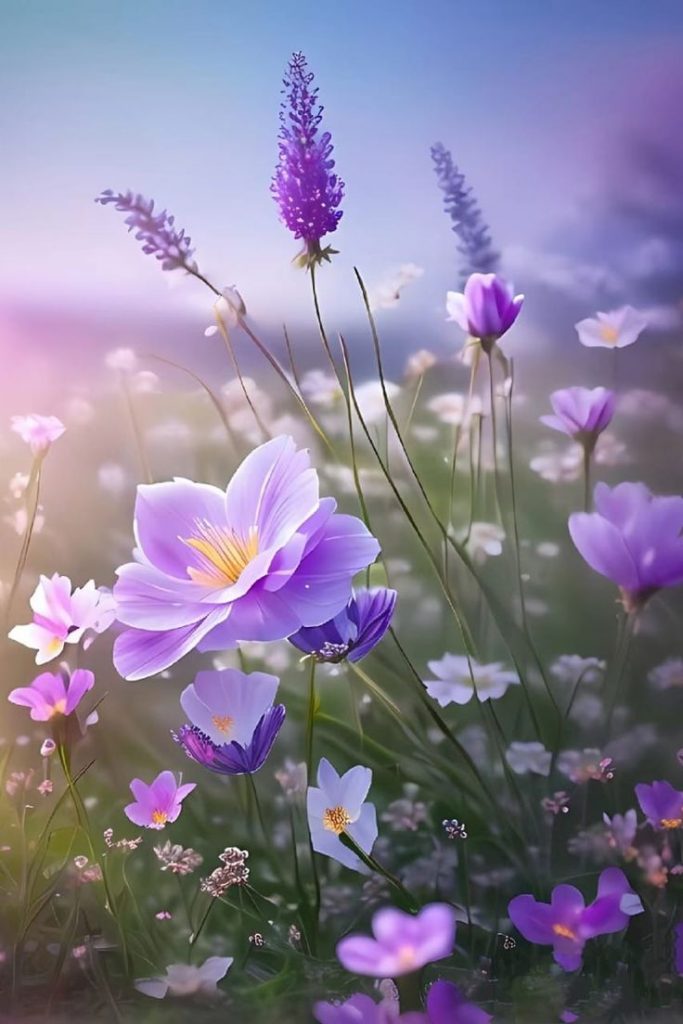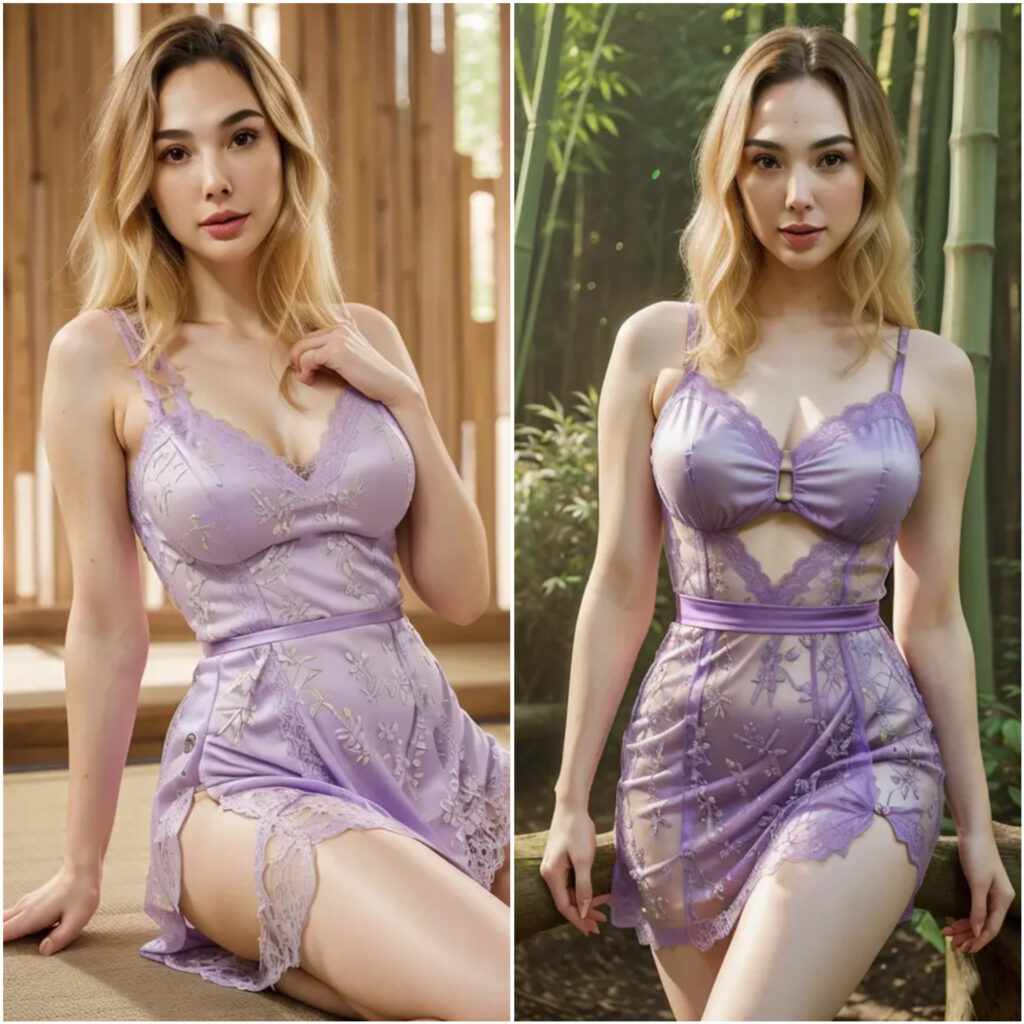Purple flowers have always been highly prized in gardens and floral displays across the globe, thanks to their enchanting shades and enduring grace. In nature’s vast palette of colors, the majestic allure of purple blossoms truly captivates, conjuring feelings of wonder, passion, and refinement.
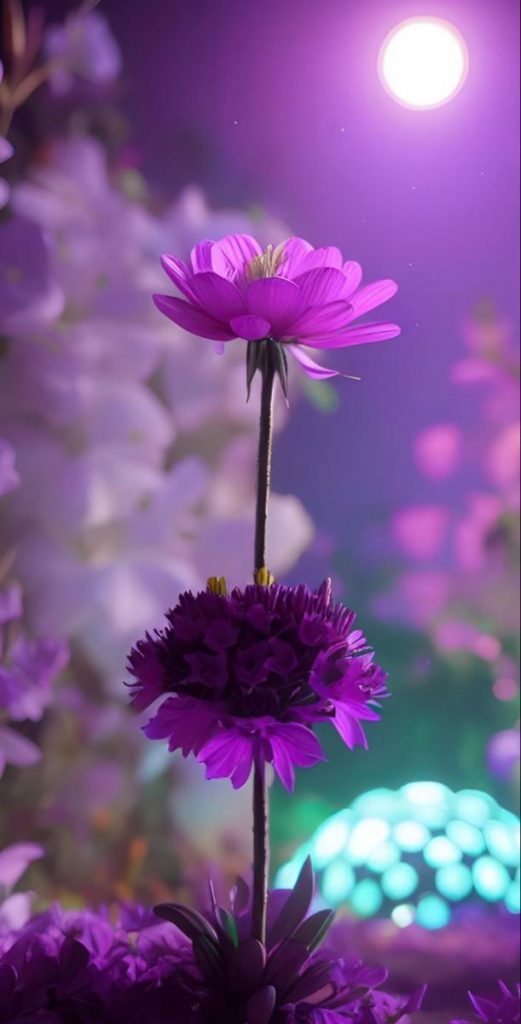
Symbolism and Meaning: Purple blossoms have long been associated with royalty, opulence, and aristocracy. The deep and luxurious hue of these flowers represents power, ambition, and inventiveness. Across different cultures, purple blooms also hold spiritual and mystical connotations, embodying wisdom, dignity, and adoration. Whether arranged in a bouquet or blooming in a garden, the presence of purple flowers adds an air of regality and profundity to the surroundings. Popular Varieties: The realm of purple flowers encompasses a wide range of species that differ in size, shape, and fragrance. Lavender, orchids, violets, and lilacs are among the most iconic purple blooms. Each of these flowers possesses a unique charm, contributing to the overall allure of the color purple in the floral world. Lavender: Known for its soothing fragrance and delicate spikes of blooms, lavender is not only visually appealing but also possesses calming properties. It is commonly used in aromatherapy, making it a favorite choice for gardens and homes alike. Orchids: With their exotic and intricate designs, orchids symbolize beauty and sophistication. Purple orchids, in particular, are associated with admiration, respect, and royalty. Violets: These small and delicate flowers are renowned for their simplicity and allure. Violets often evoke sentiments of modesty and loyalty, and throughout history, they have been utilized in literature and art to symbolize love. Lilacs: Emitting a sweet fragrance, lilacs are cherished for their clusters of small, fragrant flowers. They symbolize the rejuvenation of spring and are often connected to youthful innocence. Cultural Significance: Purple flowers have held significant roles in various cultural and historical contexts. In ancient Rome, purple was deemed the color of emperors, and only they were permitted to wear garments dyed with a rare purple pigment. In modern times, purple flowers continue to be utilized in ceremonies, weddings, and celebrations, effortlessly adding a touch of grace and grandeur to any occasion. Gardening Tips: For those seeking to incorporate the beauty of purple flowers into their gardens, it is crucial to consider factors such as sunlight, soil type, and climate. Lavender, for instance, flourishes in well-drained soil and full sunlight, while violets thrive in partial shade. Orchids, on the other hand, often require specific humidity levels and filtered light.
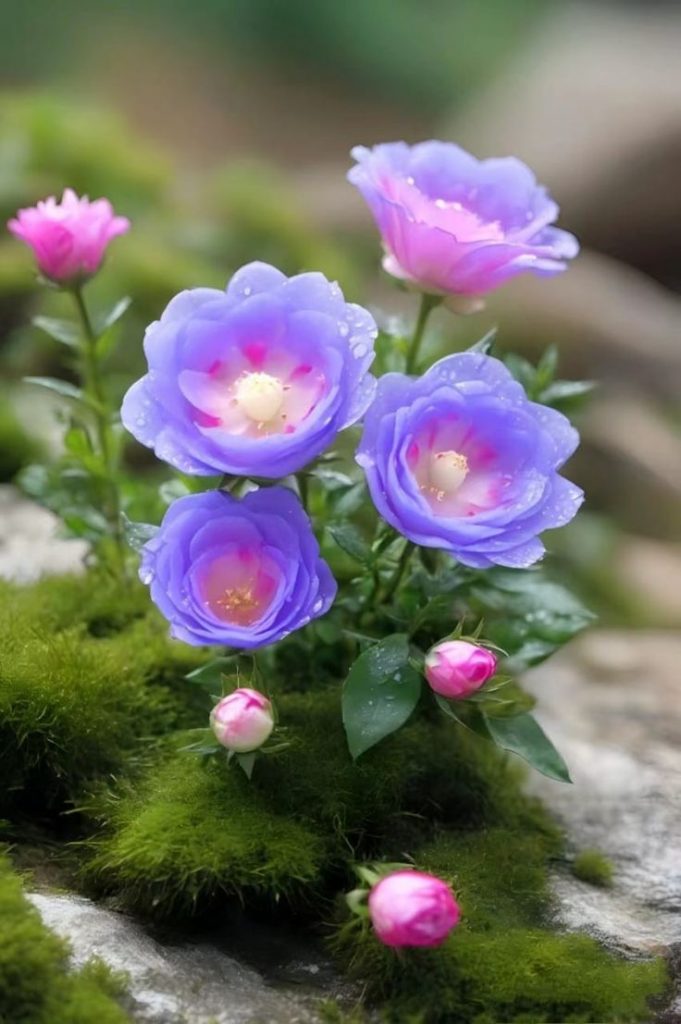
In the realm of blossoms, the color purple remains an eternal and captivating hue that brings forth richness, significance, and splendor to every surrounding. Whether embellishing gardens, bouquets, or symbolic displays, purple blooms continuously allure and captivate, crafting a story of grace and allure that goes beyond the confines of cultural borders.
